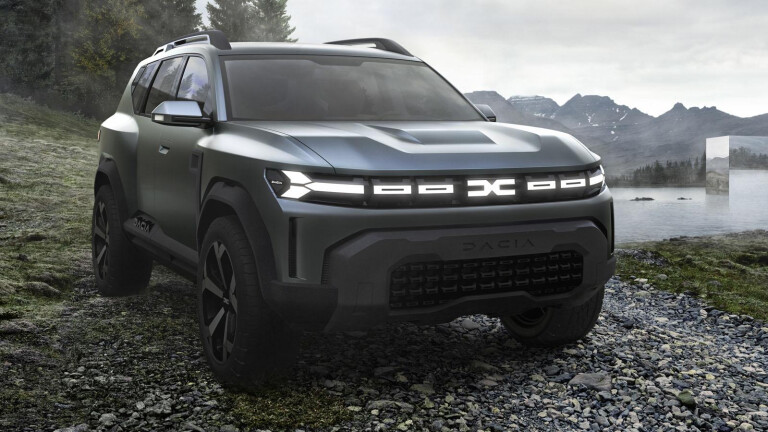
Budget-focused SUVs from Dacia are set to land in Australia from 2025, rebadged under the Renault brand locally.
The compact Duster and midsized Bigster SUVs are planned as the initial models for now, giving Renault a "shockingly affordable" alternative to the likes of the Mazda CX-30 and Toyota RAV4.
Denis Le Vot, fast-talking CEO of the Renault Group-owned and Romania-based Dacia, says that, for his brand, less is more.
"You will not find in our cars today an electric seat. Zzz, zzz, zzz, you know. This we consider not essential," he told Wheels.
"Our job is to make choices, so we choose for the client. We don't offer everything. We just keep what is essential."
One Dacia essential is the recycled Renault technology that provides the basis for its all-small five-model line-up.
JUMP AHEAD

Some versions of the Sandero, the VW Polo-sized hatch Renault Group says has been Europe's best-selling car to private buyers since 2017, even come without an infotainment screen.
Instead there's a place in the middle of the instrument panel to secure a smartphone. "Why do we pay for a screen when we don't need it?" asks Le Vot.
There's been a recent image revamp at Dacia. As well as a new logo, the brand is aiming to make stripped-back simplicity cool. Using unadorned and eco-friendly recycled plastics is part of the future look, but there's no place for some traditional materials.
"We don't have chrome on our cars," Le Vot says. "We finished with the chrome outside. We don't have leather."

The latest Sandero opens the company's new 'Essential But Cool' era, but it's the new SUVs still to come from Dacia that have caught the attention of distributor Ateco.
A replacement for the ruggedly good-looking Duster will go into production in the second half of 2024. Similar in size to the Honda HR-V, it's currently produced with both front- and all-wheel and a variety of three- and four-cylinder engines, some of them dual-fuellers able to burn both petrol and LPG.
The next-gen Duster will be the same size as the existing model for a simple reason. "We do that because we come with the Bigster on top," Le Vot explains, referring to the production version of Dacia's 2021 SUV concept.
That name makes sense because this roughly Toyota RAV4-size vehicle will be the biggest Dacia ever. Due in 2025, it will be aimed at a different customer than the 250mm-or-so shorter Duster.
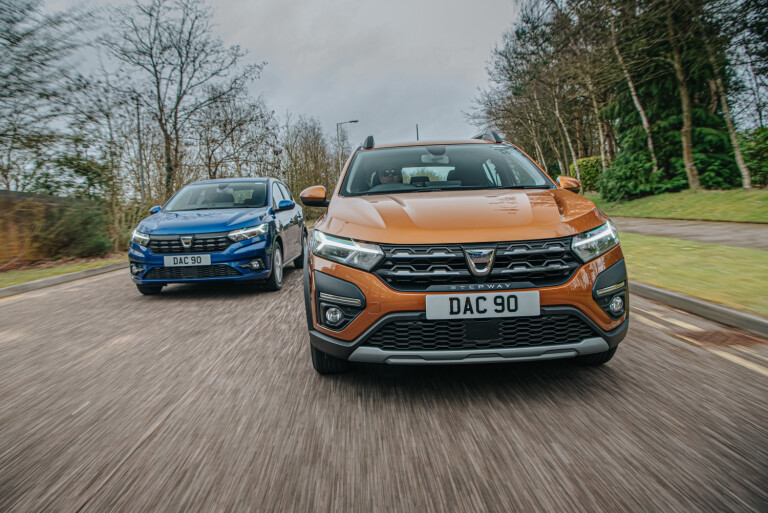
"It will be more a little like... if I was American, I would say full-size SUV," says Le Vot. "More the highway car; bigger, more spacious, and less rough and tough."
"These new-generation products are excellent, and well suited to the Australian outdoor lifestyle," adds Glen Sealey, general manager of Renault's local importer Ateco, referring to Duster and Bigster. "Therefore we have our hand up."
In other right-hand-drive markets outside Europe, including India and South Africa, Dacia products are branded Renault, he says. "We would follow the same path."
What should Australians expect from Duster and Bigster? 'Shockingly Affordable' is a slogan Dacia has used in Europe, and this isn't stretching the truth.
Duster prices in Italy, for example, open at the equivalent of $25,500, undercutting obvious rivals by a hefty margin.
The price advantage might not be so marked in the fiercely competitive Australian market, but Dacia exists specifically to cater for those on a tight budget.
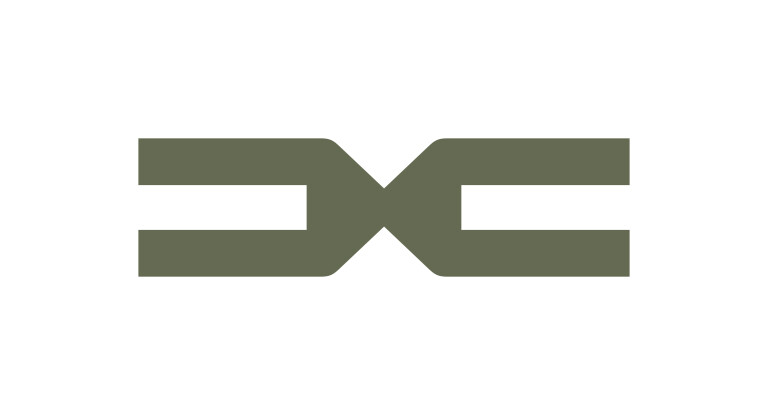
"Inside the Renault Group, Dacia is making the job of being here for the people that decide not to spend too much money on the car," is the way Le Vot puts it. The brand will always prioritise price over progress.
"Dacia will come to be in a way, if I may say, the champion of the [internal-combustion engine] ICE, he says. "Because we have l-o-o-o-ng time between now and 2035." That's the year much of Europe aims to ban sales of ICE passenger vehicles.
"There is a need for renewal of the fleet of cars, and at the price of electric vehicles today not everyone can afford that."
Electrification will also present Dacia with opportunities, Le Vot believes. "When the mainstream goes electric, they will leave holes in the demand all around the segments."
And when Dacia cannot avoid electrifying its line-up, there will be plenty of well-proven Renault EV tech to choose from.
"My job is to make the right choice at the last moment," Le Vot says. "But only at the last moment, because the more you wait the more clever you are."
An exact return date for Dacia to Australia has not yet been locked in, but last year Ateco boss Neville Crichton told Carsales that Dacia offers a real opportunity in Australia. “It will happen. Absolutely. We’re talking to them right now about the details,” he said. “Dacia will fit below Renault.”
Dacia's model plans for Australia
Duster
For Oz? Yes, but next-gen model, probably 2025
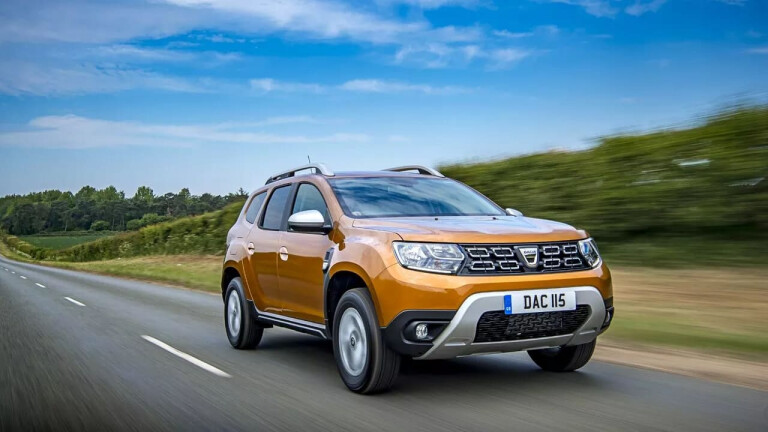
You're looking at the current Duster, a good-looking small front-drive and all-wheel drive SUV facelifted only last year (2021), but Australian distributor Ateco will wait for the all-new and so-far-unseen model due for production in late 2024. Its look will draw on the aesthetic of the Manifesto concept. So far Dacia has sold 2 million Dusters.
Bigster
For Oz? Yes, but 2025 earliest (concept shown below)

Due to go on sale in Europe in 2025, the Bigster is a very big deal for Renault Group's Romanian value brand. This SUV will take Dacia places it's never competed before. Few facts are available, but expect it to be 4.6 metres long (similar to RAV4), and count on it offering seven-seat interior and hybrid drivetrain options.
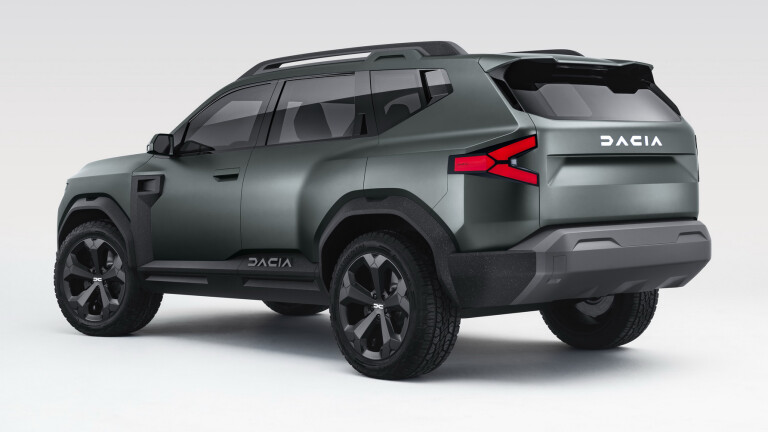
Jogger
For Oz? No
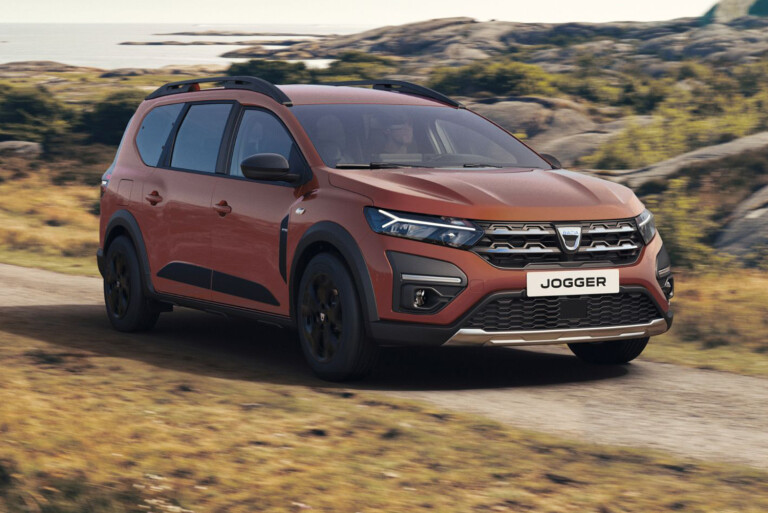
Having launched this year (2022), the Jogger is the most modern-looking Dacia. Deliberately designed to blur the lines between wagon, MPV and SUV, it's sold in five- and seven-seat forms and is closely related to the Sandero/Logan. It has a lowly one-star Euro NCAP rating, but in 2023 will become the first Dacia to offer a hybrid drivetrain.
Sandero
For Oz? No
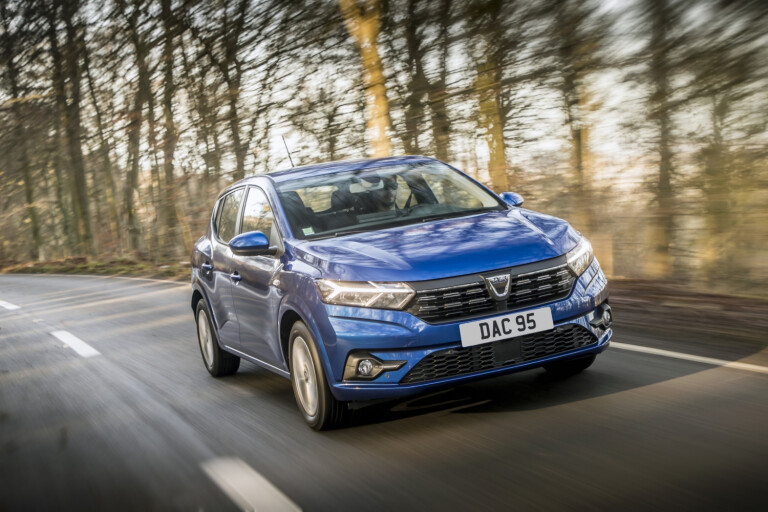
Dacia's best-seller by far. Third generation of this small front-drive hatch is powered by petrol and dual-fuel petrol-LPG 1.0-litre atmo and turbo triples. There's a high ride-height version, too, the Stepway. Shrinking small-car demand in Australia and poor two-star Euro NCAP rule it out.
Logan
For Oz? No
Sedan version of the Sandero hatchback, basically. The latest Logan wears a nameplate launched in 2004, making it the longest-lived badge in Dacia's current line-up. As well as Romania, the small front-driver is built in Morocco and Turkey. In 2021 The Logan scored the same low Euro NCAP result as the Sandero.
Spring
For Oz? No

Very cheap and very small, this four-seat, Chinese-made, Renault-based, front-drive EV is so popular with European city-dwellers and urban car-sharing outfits that it's quickly become Dacia's third-best seller. But its 33kW motor, 230km range, 125km/h top speed and 2021 Euro NCAP one-star result severely limit its appeal elsewhere.
Manifesto
Concept only
Dacia doesn't plan to build anything like the Manifesto concept buggy. This 2022 concept car instead highlights the brand's "unrivalled vision for an essential, robust, cool, affordable and environmentally efficient car". It doesn't attempt to conceal its recycled plastic parts, and the single headlight is a cost-saver.



COMMENTS